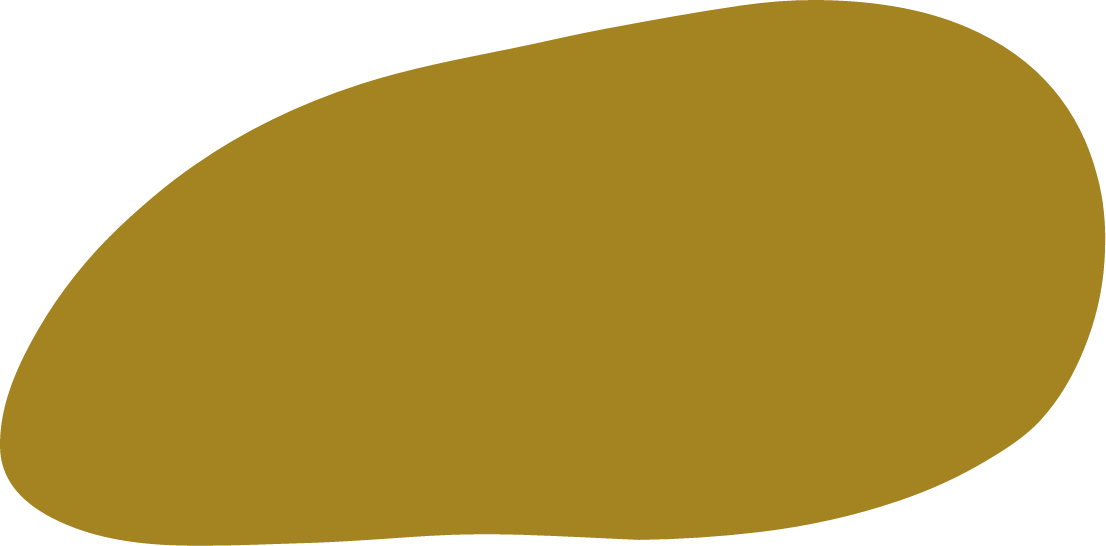Akira Ikezoe started the series of drawings Outside-In in 2018, following former President Donald Trump’s insistence on constructing a wall between the US and Mexican border and imposing travel restrictions on certain countries with Muslim populations.
Ikezoe wasn’t new to this: exploring humans and their relationship to their surrounding environments is at the core of his practice. He grew up in the suburbs of the provincial city of Kochi (Japan), in the 1990’s, at a time when the Japanese economy was collapsing. Ikezoe remembers, “many locals went out of business and empty houses and vacant lots started popping up. I was surrounded by many things that seemed to be melting into the encompassing nature…”
Through his art practice Ikezoe investigates this very condition: how nature and culture coincide within the human body; a contradictory coexistence, similar to what the artist saw in his hometown—animal and human habitats invasive of or welcoming each other. In his paintings and drawings Ikezoe often morphs humans and animals into their familiar environments, creating miraculous spaces of joy and intrigue for viewers to explore.
At a first glance, Ikezoe’s Outside In drawings, exhibited in Villa Kapantzi, appear playful and comical: Rabbit ears function as wings, instead of arms and shoulders. A turtle’s head comes out of a figure’s backside, a sphincter snake engulfs the head of a figure, with the head of the latter appearing at the outer tip of the animal. Faceless, genderless figures stand alone and in pairs, in moorlands and grasslands, head down, body bent, with their faces obscured; creatures caught in the act of transformation. Half rhinos, half human. Anthropoids, hand-in-hand, walk into the water. Have they managed to become amphibians yet? Who is the host and who is the symbiont in this change of form taking place in front of us? Does it even matter?
Woven into a metaphysical and mythological context that depicts a timeless melting point between natural and human boundaries, there seems to be no clash or struggle. In his seemingly childlike drawings, Ikezoe has always preferred to perceive a fluid and gradual change from side to side, rather than drawing clear borderlines in between. Throughout history on the other hand, many humans, regardless of time or geographical locations, have often tried to separate the inside and outside of their territories by constructing walls around their respective civilisations in order to protect themselves from others or the wild: animals, insects, weather, diseases, enemies. Clear distinctions and hierarchies. Lines drawn to mark territories and borders. The attempt at separating inside and out is still a priority for every nation today.
Instead we see here human bodies as a metaphor of a state of being. Human bodies: merging with their animal counterparts, becoming, in a constant process of metamorphosis.












